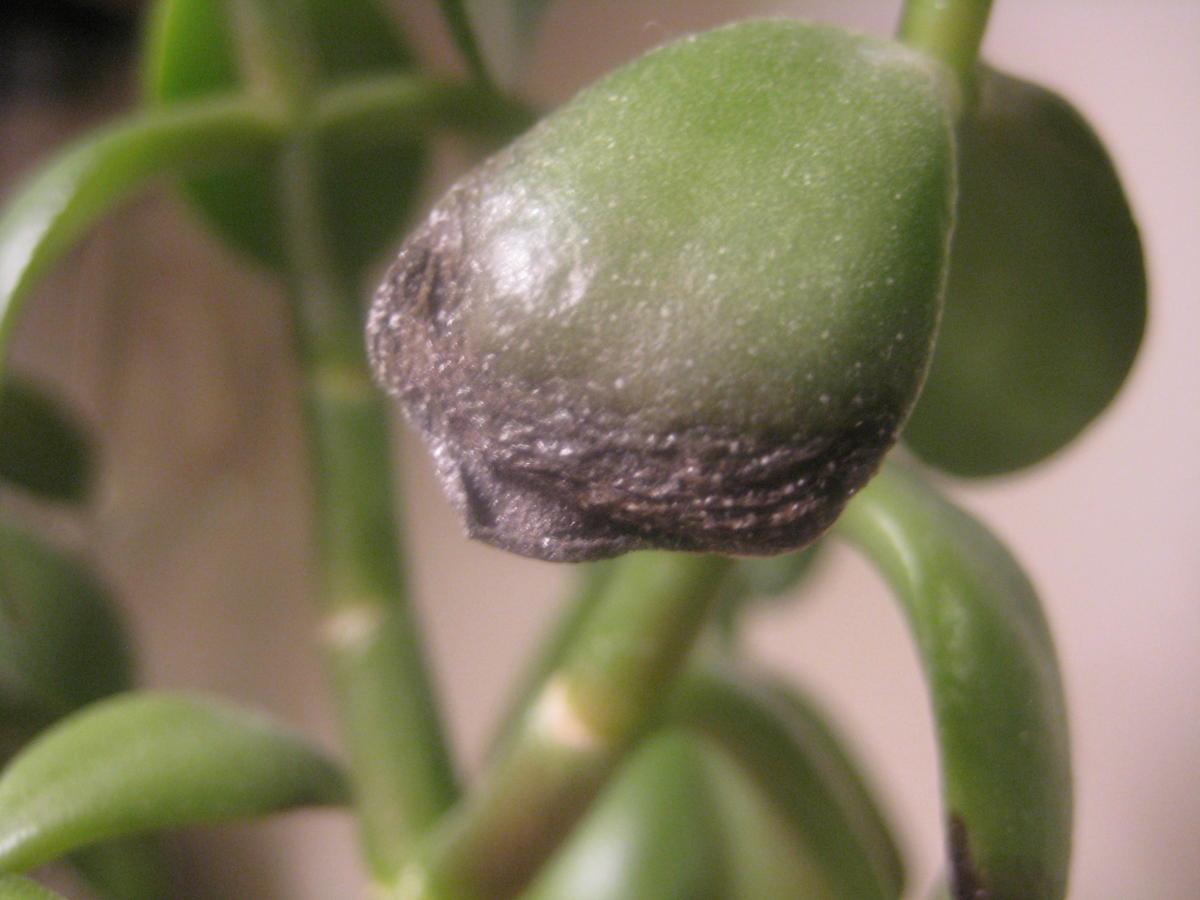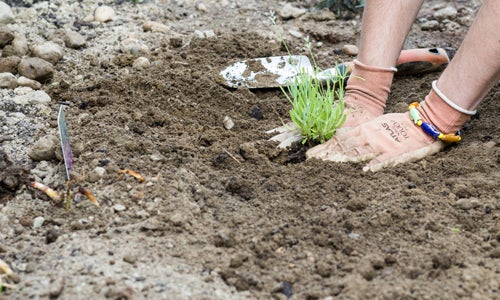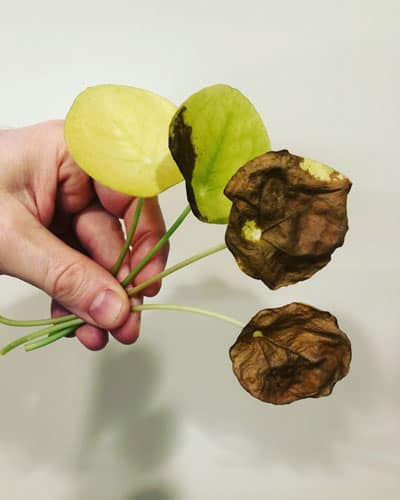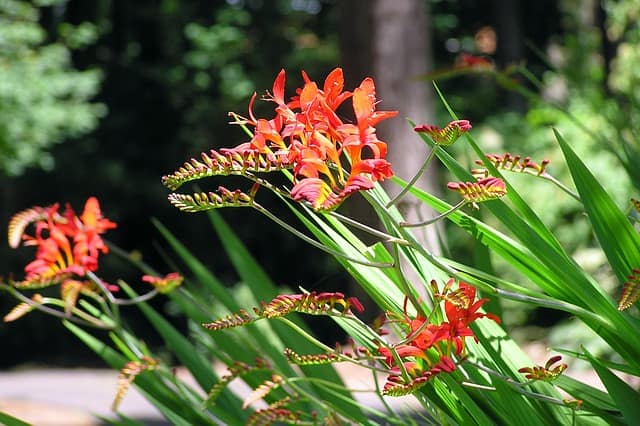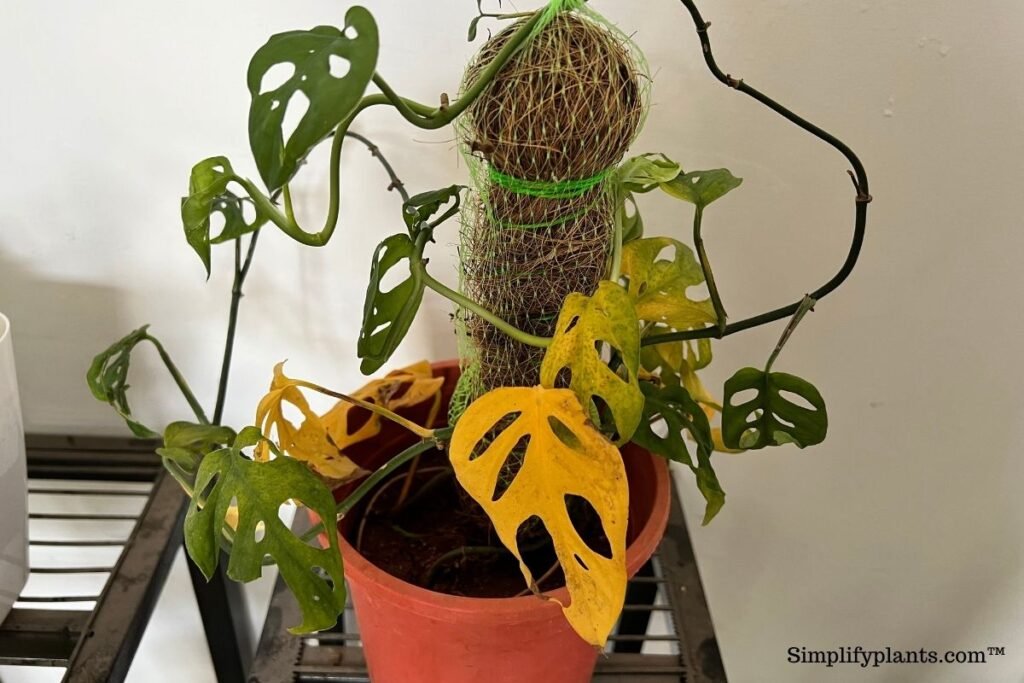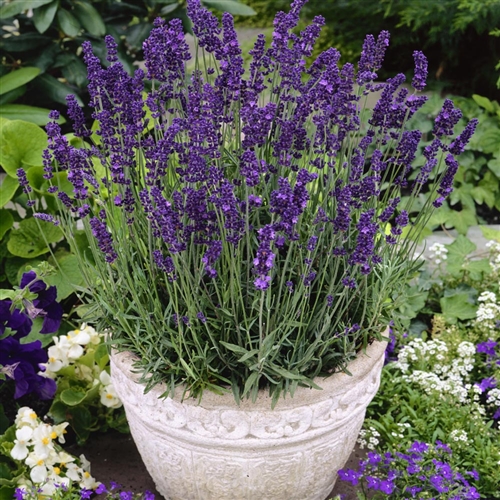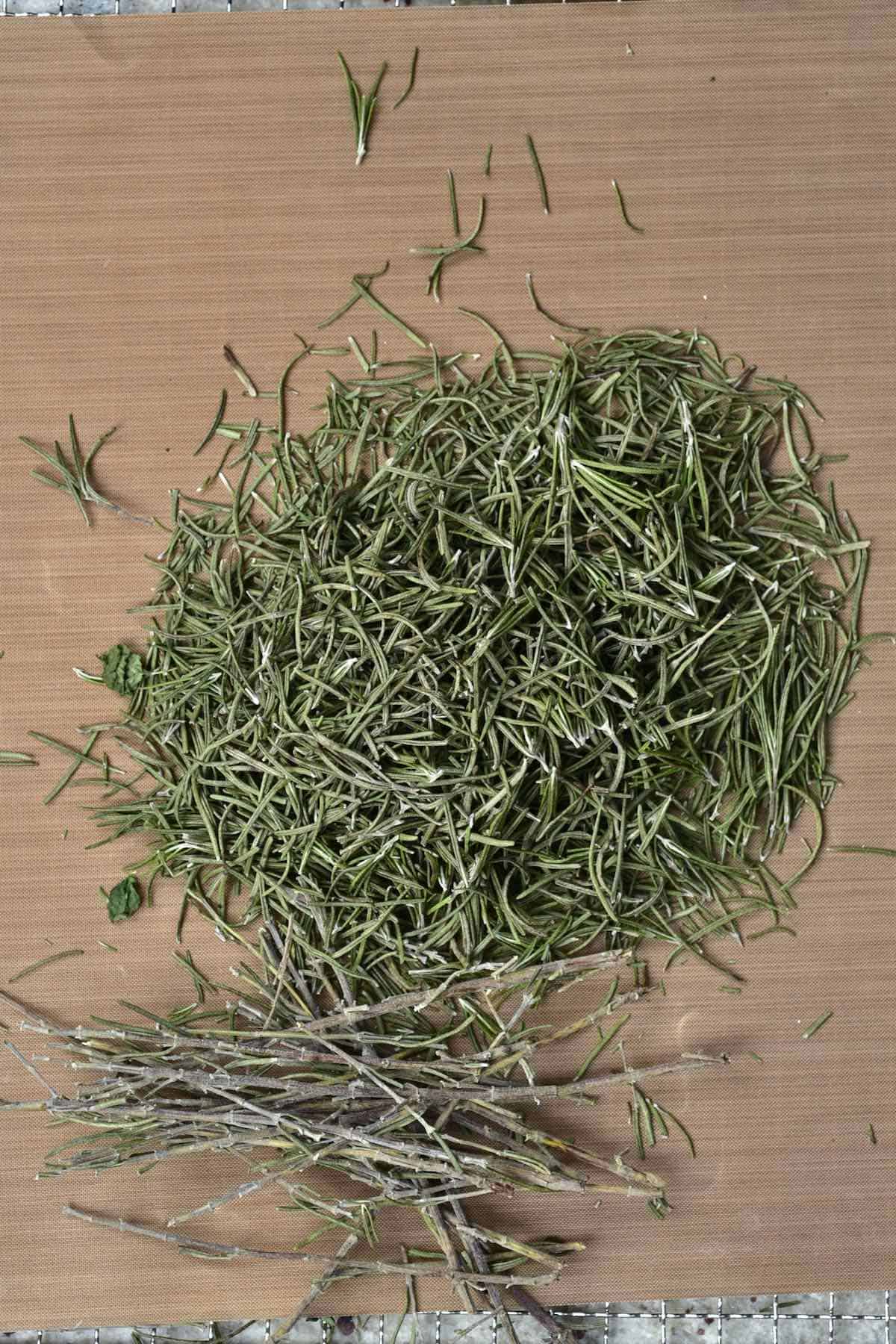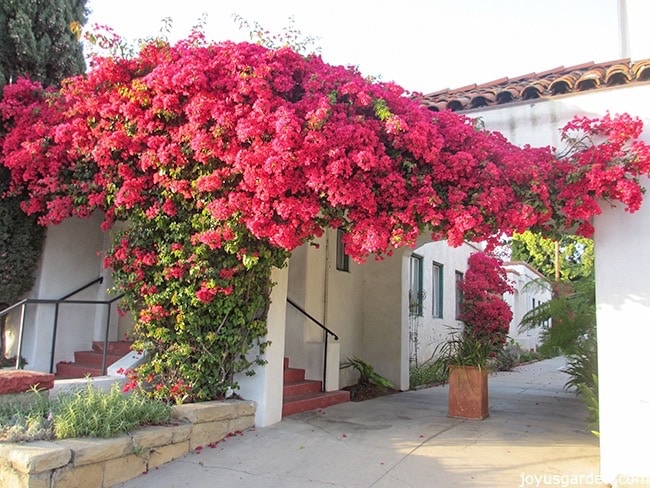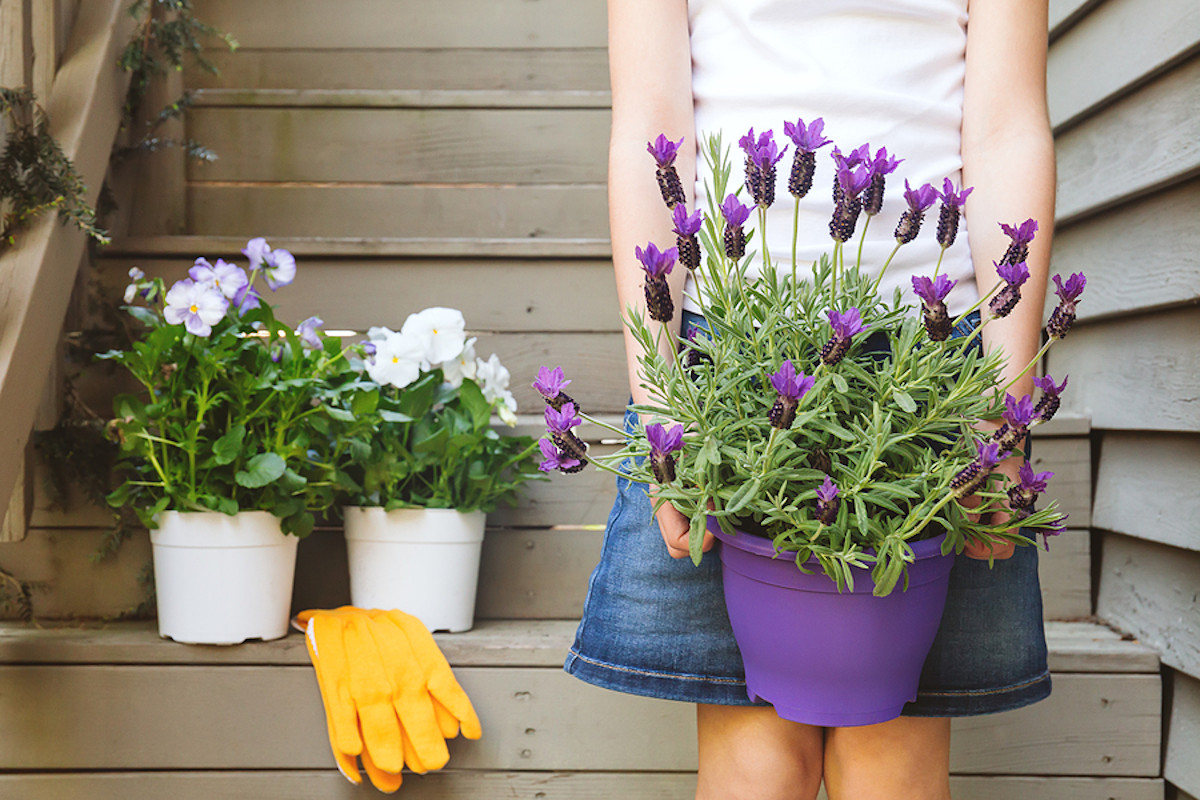Jade Plant Turning Black? (How to Save it)
Root rot in jade plants, which is brought on by wet soil surrounding the roots or high humidity, is the reason why the leaves and stems turn black. Edemas, or black spots on jade plant leaves, are brought on by overwatering and poorly draining soils. To find out why your Jade plant is becoming black …

